Choosing the right keywords is one of the most critical steps in any SEO strategy. Targeting relevant, high-traffic keywords can drive valuable traffic to your website, but selecting the wrong ones can waste time and resources. In this article, we’ll explore how to choose the right keywords for your niche, including using research tools, analyzing competition, understanding user intent, and adapting to evolving trends. Mastering keyword research will set you up for long-term SEO success.
Contents:
- Why Keyword Research Is Crucial
- Understanding Short-Tail vs. Long-Tail Keywords
- Tools for Keyword Research
- Analyzing Keyword Difficulty
- Understanding Search Intent
- Adapting to Trends and Seasonality
- How to Build a Comprehensive Keyword Strategy

1. Why Keyword Research Is Crucial

Keyword research is essential for SEO because it helps you understand the language your target audience uses. By identifying the right keywords, you can create content that aligns with user searches, helping you rank higher in search engine results pages (SERPs). It’s about optimizing for relevance, search volume, and competitiveness to achieve the best possible results.
The Importance of Relevance
It’s not just about choosing popular keywords — they must also be relevant to your content and your audience's intent. A high search volume keyword might drive traffic, but if it's not relevant to your niche, visitors will leave your site quickly. This increases bounce rates and sends negative signals to search engines, ultimately damaging your SEO efforts.
Long-Term Benefits of Keyword Research
Good keyword research is an investment. By targeting keywords that continue to bring organic traffic over time, your content can stay relevant for years. While search trends shift, maintaining a robust keyword strategy allows you to adapt and stay competitive in changing markets.
2. Understanding Short-Tail vs. Long-Tail Keywords
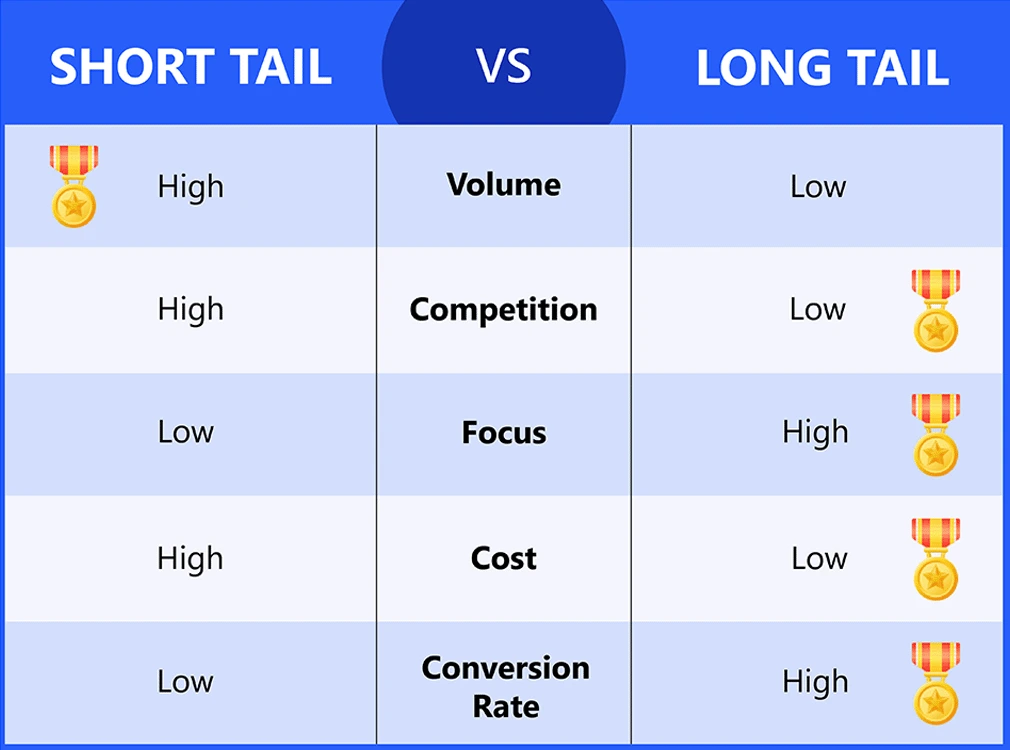
There are two main types of keywords: short-tail and long-tail. Each has its advantages, and a successful SEO strategy will balance both types.
Short-Tail Keywords
Short-tail keywords, also known as "head keywords," are brief, broad search terms typically consisting of one or two words, like “SEO” or “digital marketing.” These keywords generally have high search volumes, but they come with intense competition, making it challenging to rank for them.
Long-Tail Keywords
Long-tail keywords, on the other hand, are more specific phrases that usually contain three or more words. An example would be “best SEO tools for small businesses.” While these terms tend to have lower search volumes, they attract highly targeted traffic and are much easier to rank for. Users searching for long-tail keywords typically have clearer intent, often looking for specific products or solutions.
How to Use Both Types Effectively
- Target short-tail keywords for broader content that serves as an introduction to your niche or industry. These are often used for high-level educational pieces or thought leadership articles.
- Use long-tail keywords for more in-depth, specific content. These keywords are ideal for product reviews, tutorials, and highly focused blog posts that meet precise user needs.
It’s essential to find a balance between short-tail and long-tail keywords. By combining both, you can capture a wide audience and hone in on more qualified traffic that is likely to convert.
3. Tools for Keyword Research

Fortunately, you don’t have to guess which keywords to target. A variety of keyword research tools provide valuable insights into search volume, competition, keyword difficulty, and trends.
Google Keyword Planner
Google Keyword Planner is one of the most widely used tools for keyword research, especially for those running Google Ads campaigns. It provides estimates of search volume and competition for keywords. This tool also offers suggestions for related keywords based on your initial search queries, making it easier to discover new content opportunities.
SEMrush
SEMrush is an all-in-one SEO platform that offers a comprehensive keyword research tool. It not only provides search volume data but also helps you analyze keyword difficulty, check rankings, and identify gaps in your competitors’ strategies. SEMrush also provides suggestions for related keywords, questions, and phrases that users are searching for.
Ahrefs
Ahrefs is another powerful tool that provides in-depth keyword data. In addition to keyword volume and difficulty, Ahrefs also offers insights into click-through rates (CTR), the number of backlinks for top-ranking pages, and SERP analysis. This is especially useful for understanding the competitive landscape.
AnswerThePublic
AnswerThePublic is a unique tool that focuses on user questions. It generates a visual display of search queries, giving you insight into what users are asking around a particular keyword. This is particularly useful for creating content that addresses specific questions, improving your chances of ranking in featured snippets.
4. Analyzing Keyword Difficulty
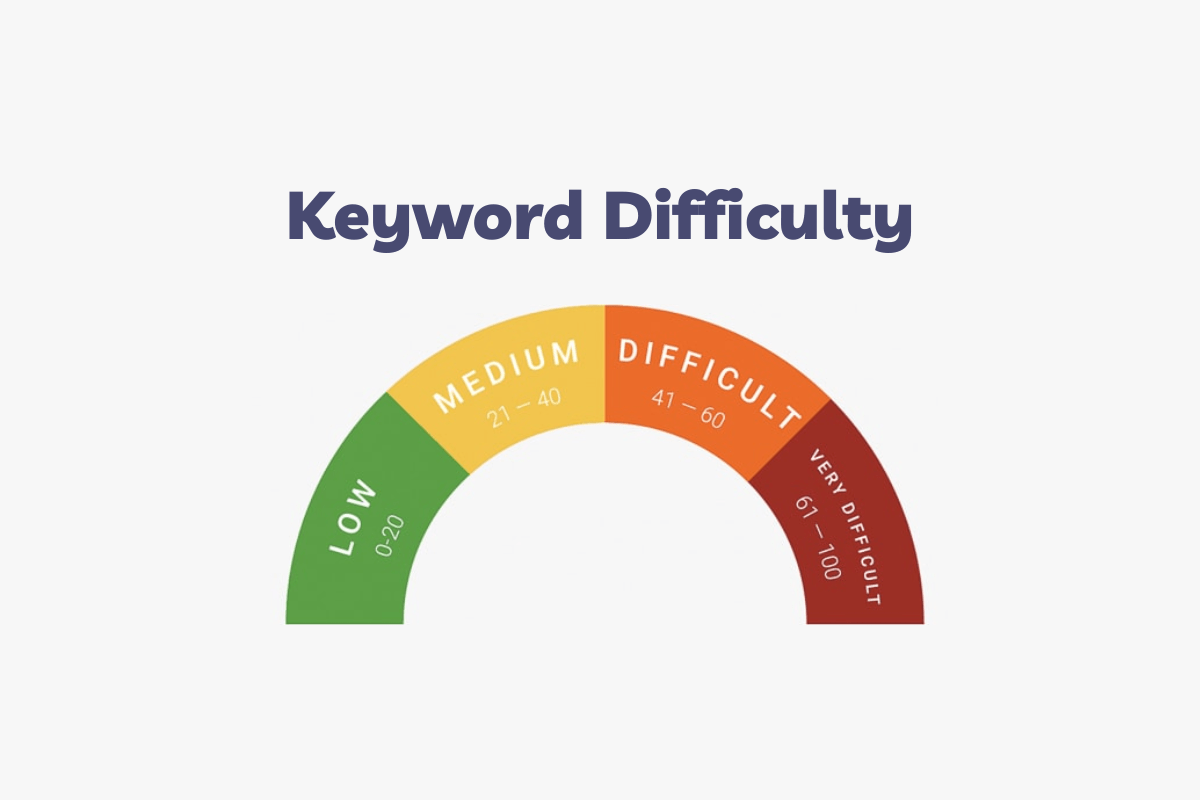
Keyword difficulty is a metric that measures how challenging it is to rank for a particular keyword. Tools like Ahrefs, SEMrush, and Moz provide keyword difficulty scores to help you prioritize which keywords to target based on your site's authority, your competitors' strength, and the competitiveness of the industry.
How Keyword Difficulty Is Measured
Keyword difficulty takes into account various factors, including the strength of the top-ranking pages, the number of backlinks they have, and how well they are optimized for the target keyword. A higher difficulty score means that it will take more effort and resources to rank for that keyword.
Targeting Low Difficulty, High-Value Keywords
Ideally, you want to find keywords with low difficulty but high potential traffic. These keywords tend to have lower competition but still attract a substantial number of visitors. Long-tail keywords are often easier to rank for because they are more specific and less competitive, but they can still provide valuable, qualified traffic.
Competing With High Authority Sites
If you're targeting a keyword dominated by high-authority websites (such as large brands or major publishers), it may be difficult to break into the top rankings, especially if your site is relatively new. In this case, it’s often more effective to focus on lower-competition keywords that align with your niche and gradually build your authority over time.
5. Understanding Search Intent
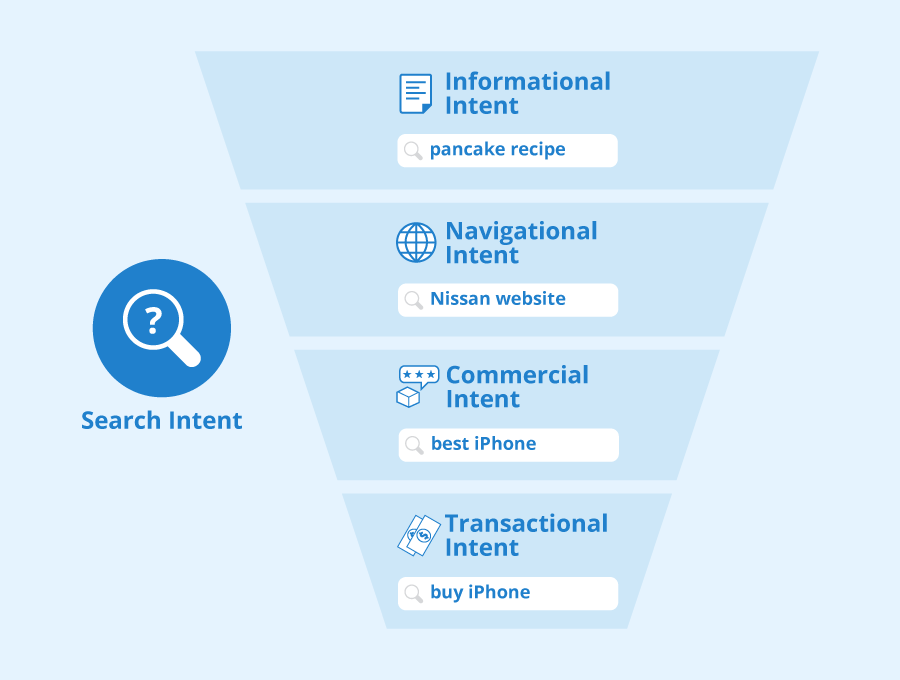
Search intent refers to the reason behind a user's query — essentially, what the user is looking for. Understanding search intent is crucial for choosing the right keywords and creating content that matches what users are trying to find. Matching intent ensures that your content delivers value, increasing the chances of conversion and engagement.
Types of Search Intent
- Transactional intent: Users want to make a purchase, like “buy SEO tools online.” These keywords indicate a readiness to convert, and content should focus on product pages, reviews, or landing pages optimized for conversions.
- Navigational intent: Users are looking for a specific website, such as “Ahrefs login.” These users already know where they want to go, and your goal is to ensure your brand is well-optimized for these queries, particularly through branded search optimization.
Matching Intent to Content
Creating content that aligns with search intent is key to ranking well and keeping users on your page. If a user has informational intent, your blog post should provide detailed, actionable information. On the other hand, if their intent is transactional, focus on product features, benefits, and clear calls to action to facilitate a conversion. Mismatched content can result in high bounce rates, which negatively affects your SEO rankings.
6. Adapting to Trends and Seasonality

Trends and seasonality play a significant role in keyword performance. A keyword that performs well during one period may not do so at another time of year. Similarly, search trends can shift quickly based on industry developments, technological changes, and consumer behavior.
Tracking Trends with Google Trends
Google Trends is an invaluable tool for understanding how search volume changes over time for specific keywords. You can use this tool to spot rising trends in your industry or identify seasonal shifts that impact search volume. For example, certain products may have high search demand during the holiday season, while others spike during summer.
Incorporating Evergreen and Seasonal Keywords
- Evergreen content refers to content that remains relevant regardless of the season. Targeting evergreen keywords allows you to build long-term traffic that won’t decline over time.
- Seasonal content is highly relevant during certain times of the year. For example, targeting “best holiday marketing strategies” will bring a surge of traffic during the fourth quarter, but won’t be as valuable in other months. Balancing evergreen and seasonal content ensures consistent traffic throughout the year.
Monitoring Competitor Trends
Keep an eye on your competitors' content strategies. If you notice a sudden uptick in specific keywords or topics on their site, it may indicate an emerging trend that you should target as well. Tools like Ahrefs and SEMrush can help you track competitor keyword trends and adjust your strategy accordingly.
7. How to Build a Comprehensive Keyword Strategy

Building a successful keyword strategy requires more than just picking the highest search volume terms. It’s about creating a balanced approach that aligns with your business goals, audience, and available resources. Follow these steps to create a winning keyword strategy for your niche:
1. Define Your Goals
Your keyword strategy should align with your overall business goals. Are you looking to drive more traffic, increase brand awareness, or convert leads into customers? Each of these goals will require different types of keywords. For example, if your primary goal is to increase sales, focus on transactional keywords that are likely to convert.
2. Create Buyer Personas
Understand your audience’s needs, pain points, and search behavior by creating buyer personas. This will help you choose keywords that resonate with your target demographic and create content that addresses their needs.
3. Use a Mix of Keywords
- Target short-tail keywords for broad exposure and brand awareness.
- Focus on long-tail keywords to attract more qualified traffic and increase conversions.
- Incorporate a mix of evergreen and seasonal keywords to maintain consistent traffic year-round.
4. Regularly Review and Update Your Strategy
SEO is a constantly evolving field, and your keyword strategy should evolve with it. Regularly review your keyword performance, track new trends, and update your content accordingly. This will help you stay ahead of the competition and continue to drive valuable traffic to your site.
Conclusion
Choosing the right keywords for your niche requires a deep understanding of your audience, competition, and search intent. By using keyword research tools, analyzing keyword difficulty, and balancing short-tail and long-tail keywords, you can create an effective SEO strategy that drives targeted traffic. As search algorithms and trends evolve, continuously revisiting and updating your keyword strategy will ensure long-term success. With the right approach, your keywords will not only bring traffic but also convert visitors into loyal customers.

 Access Request Form
Access Request Form
 Afterparty RSVP Form
Afterparty RSVP Form
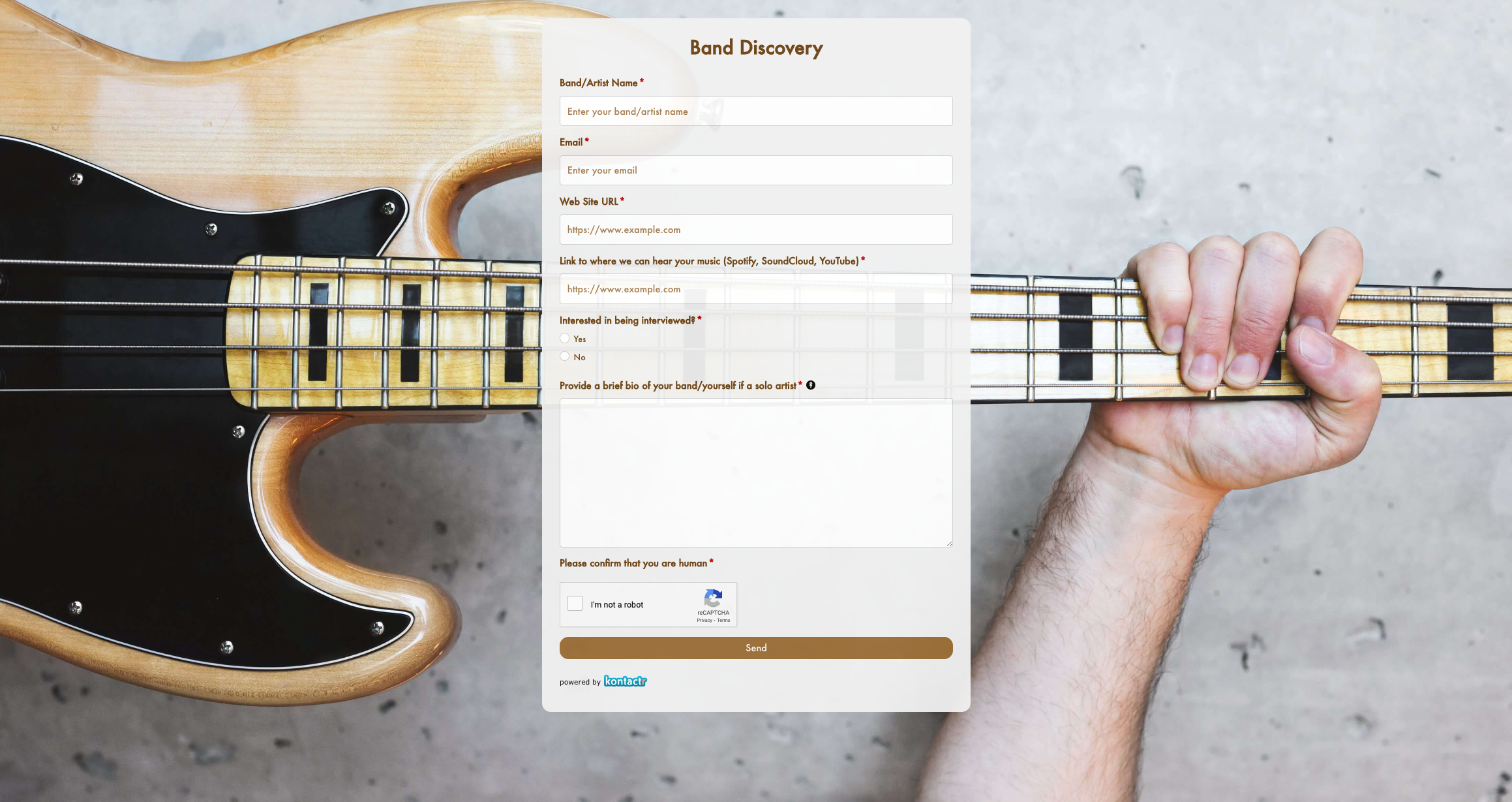 Band Discovery Form
Band Discovery Form
 Book a room Form
Book a room Form
 Booking Enquiries Form
Booking Enquiries Form
 Brochure Mailing Form
Brochure Mailing Form
 Buy a Home Form
Buy a Home Form
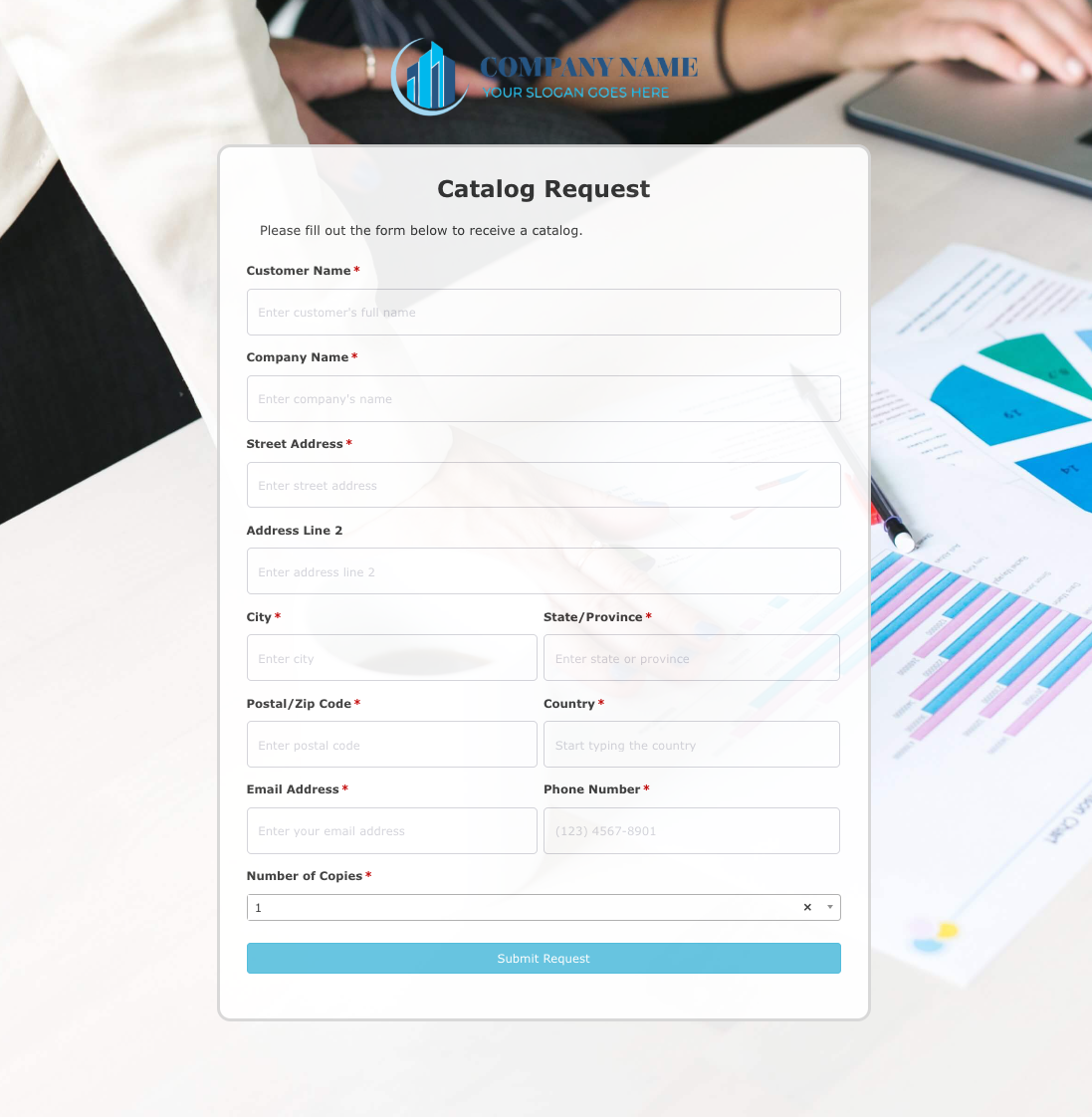 Catalog Request Form
Catalog Request Form
 Coach Lines Quote Form
Coach Lines Quote Form
 Contact Us Form
Contact Us Form
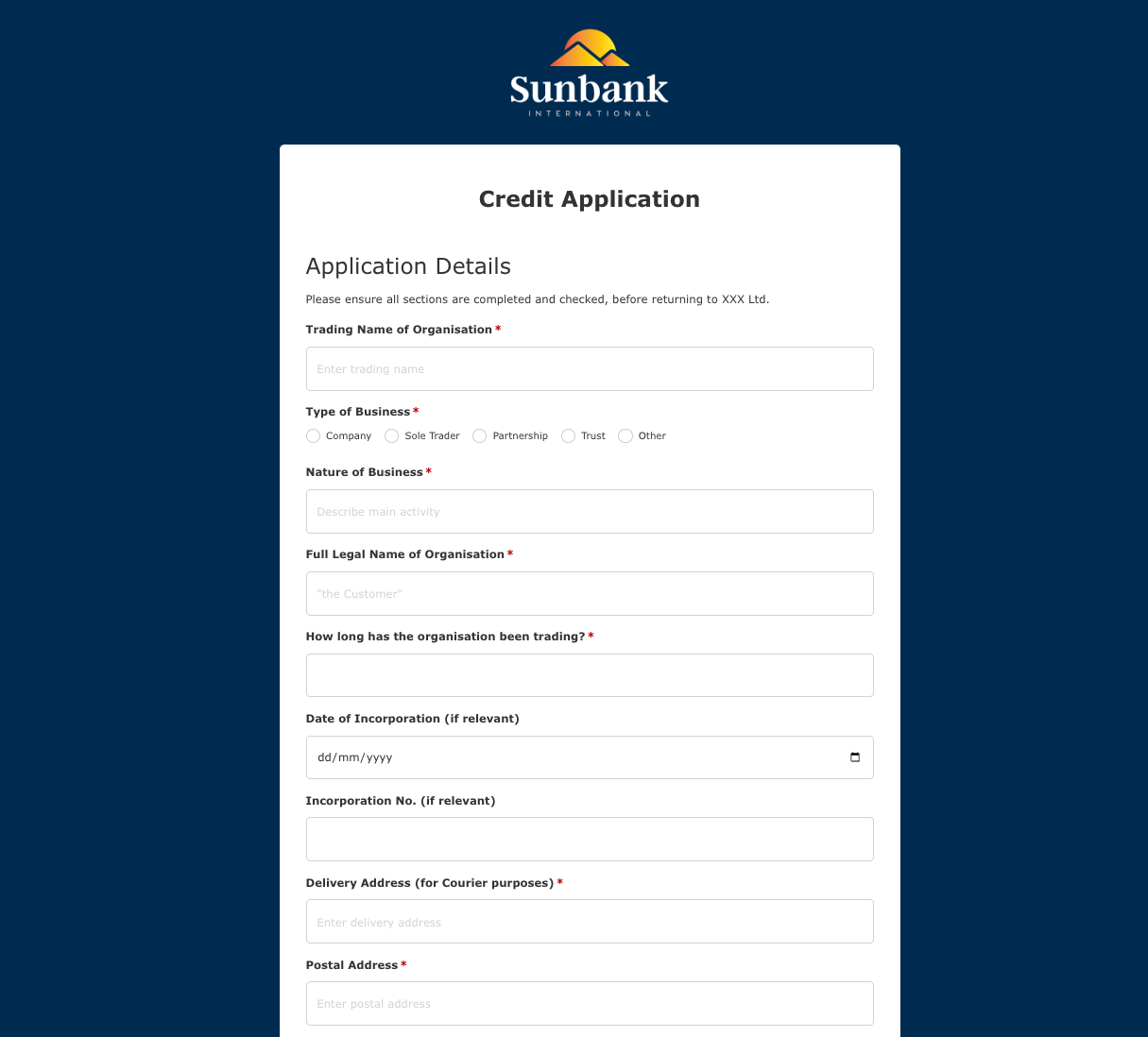 Credit Application Form
Credit Application Form
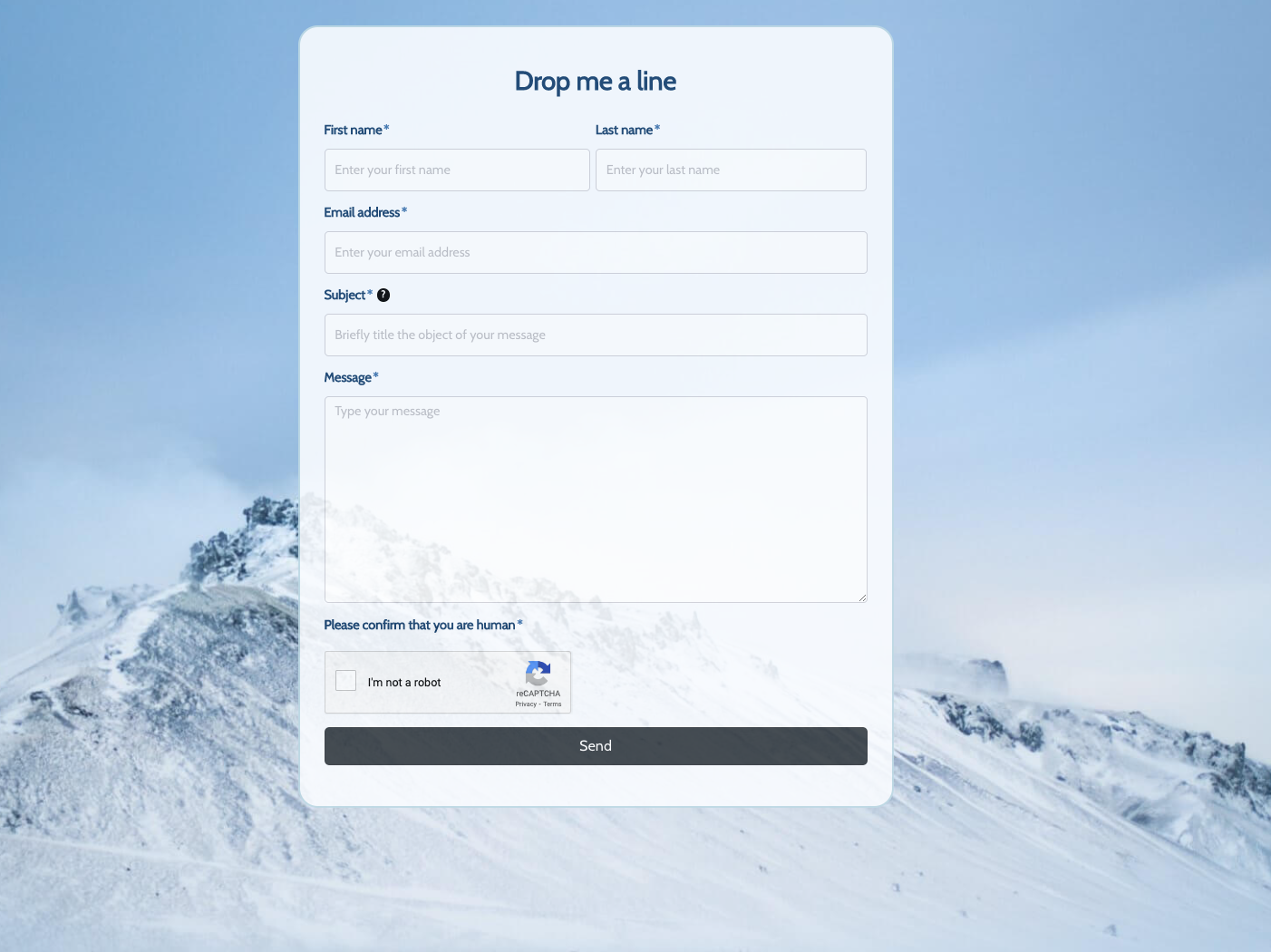 Drop me a line Form
Drop me a line Form
 Enquiry / Feedback Form
Enquiry / Feedback Form
 Got a question? Form
Got a question? Form
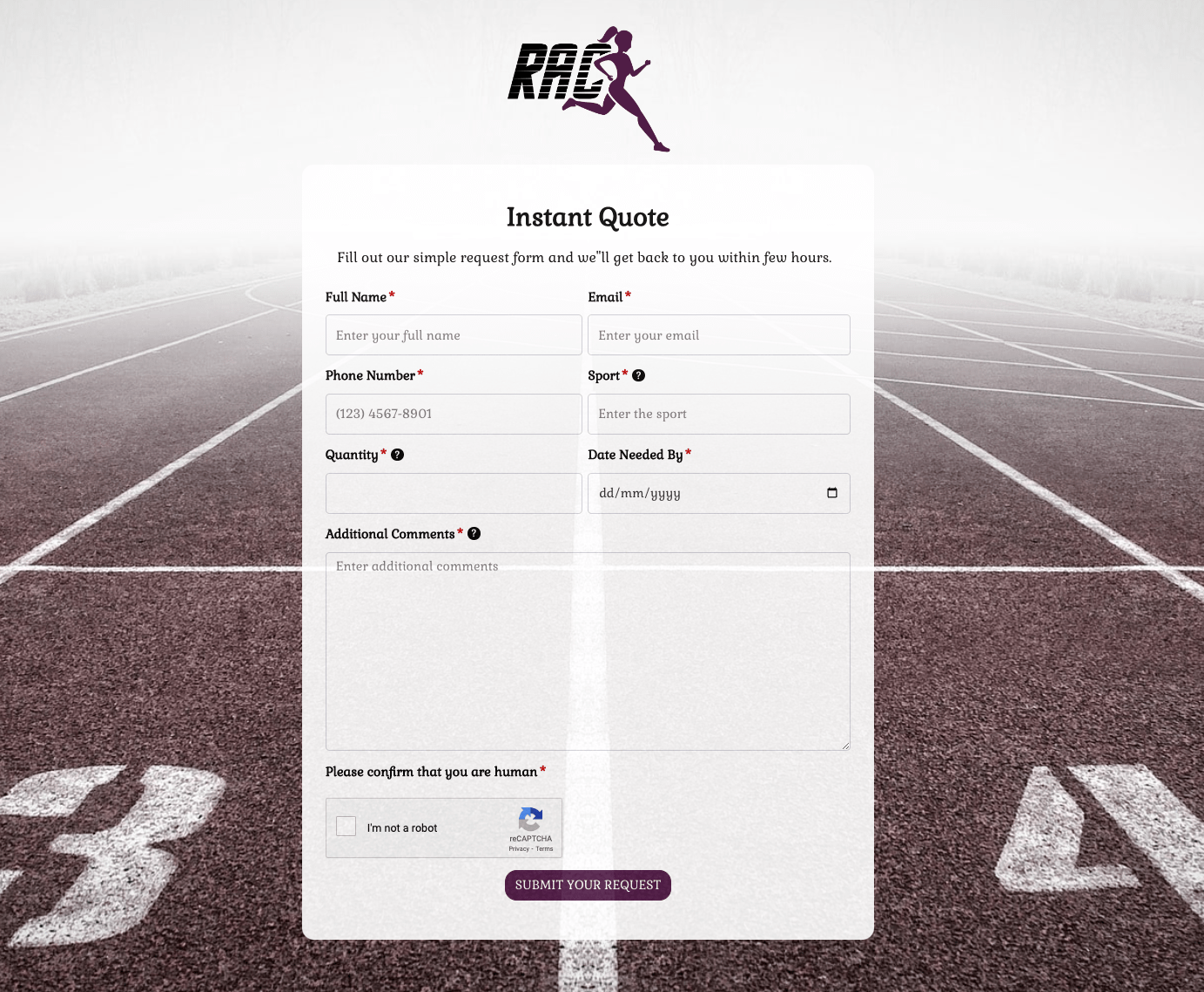 Instant Quote Form
Instant Quote Form
 Job Application Form
Job Application Form
 Language & Literacy Lab Form
Language & Literacy Lab Form
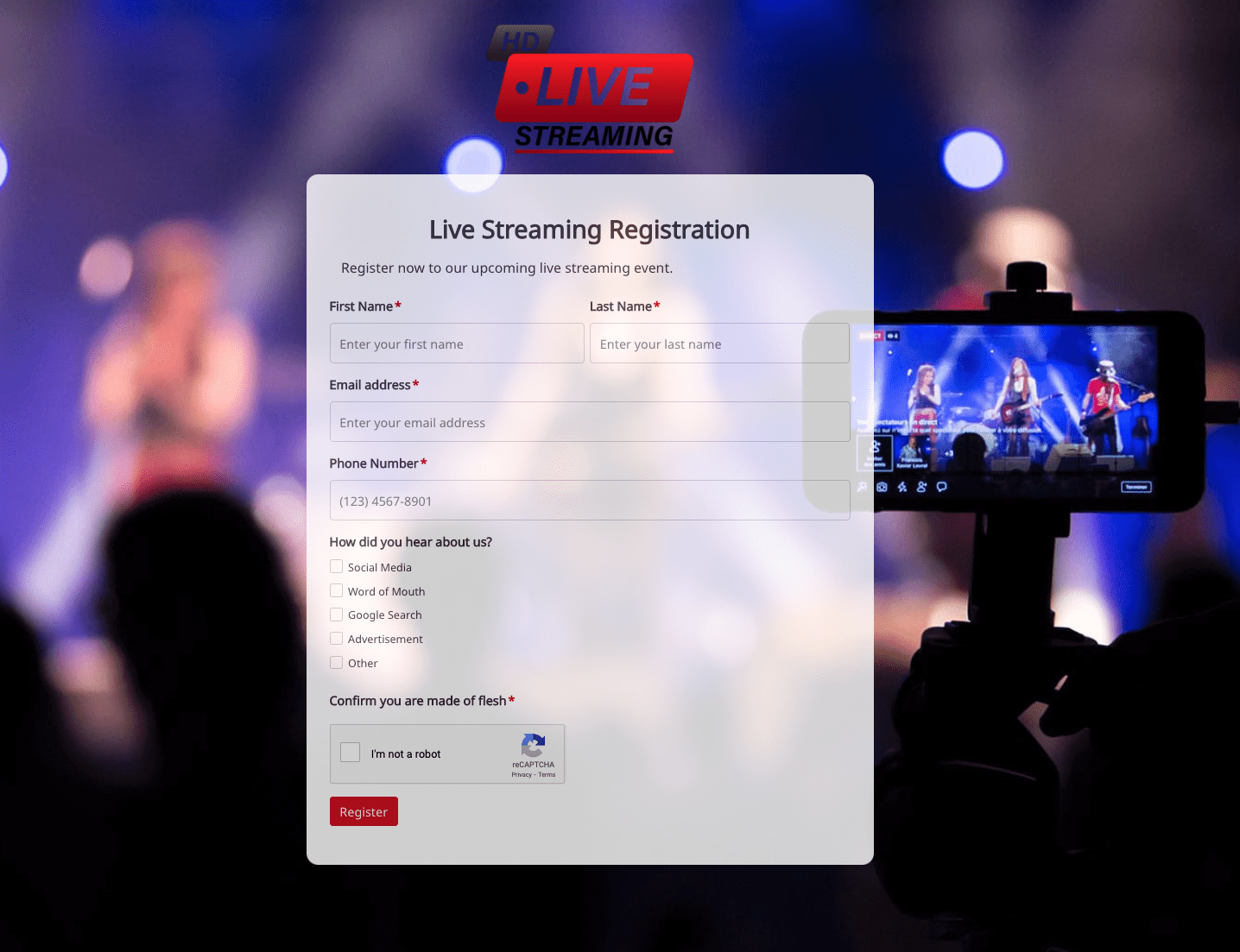 Live Streaming Registration Form
Live Streaming Registration Form
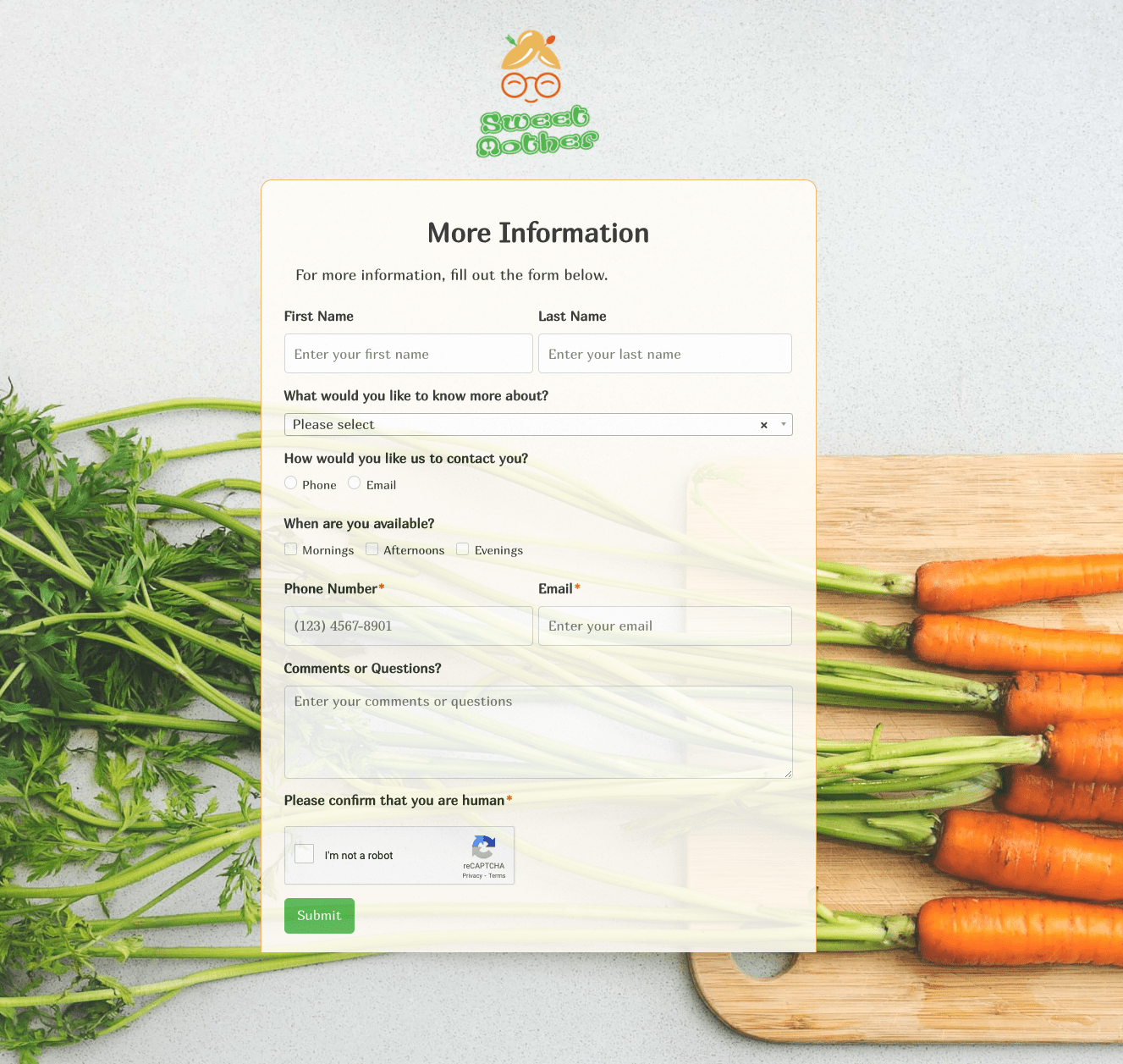 More Information Form
More Information Form
 Order Exchange Form
Order Exchange Form
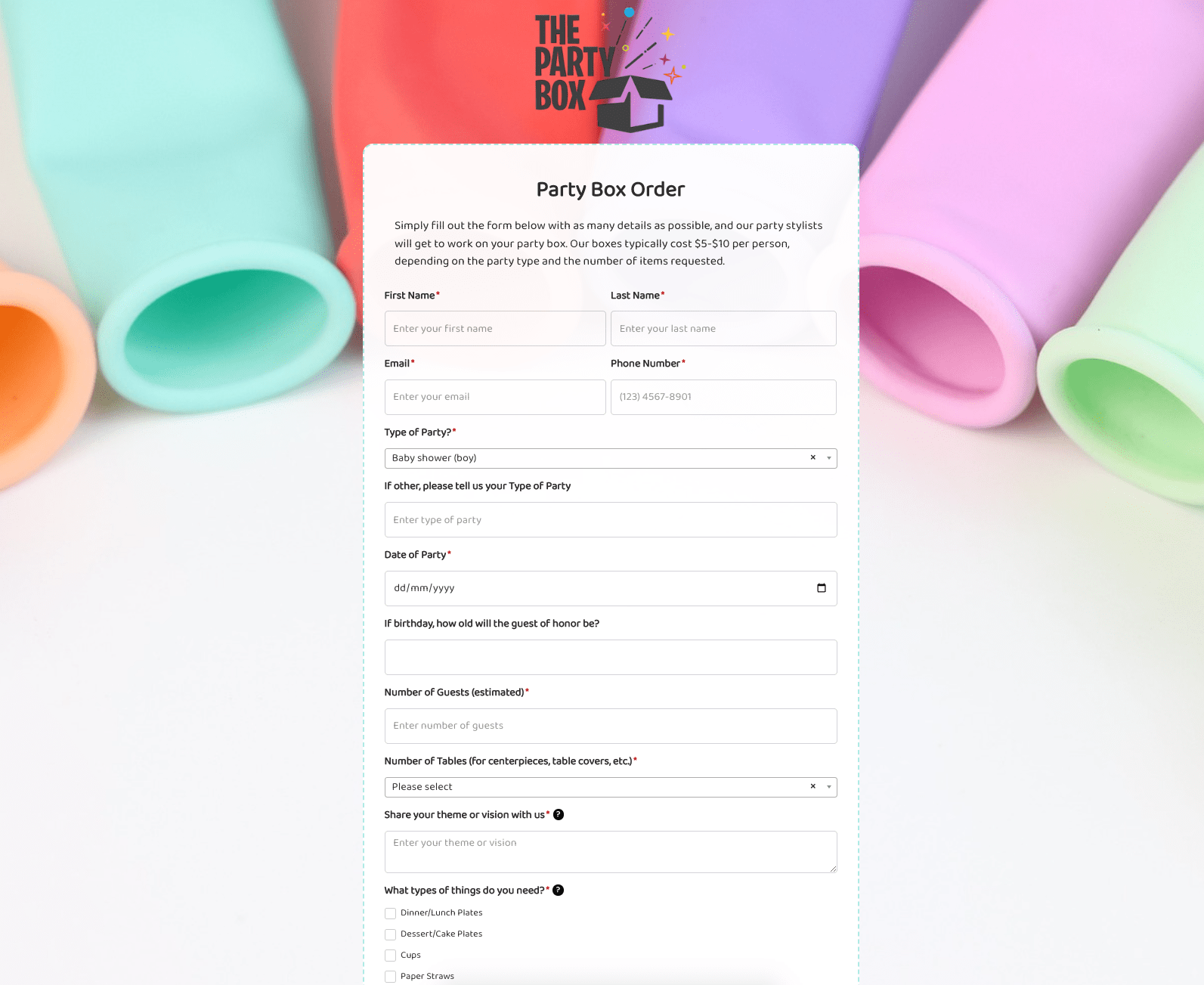 Party Box Order Form
Party Box Order Form
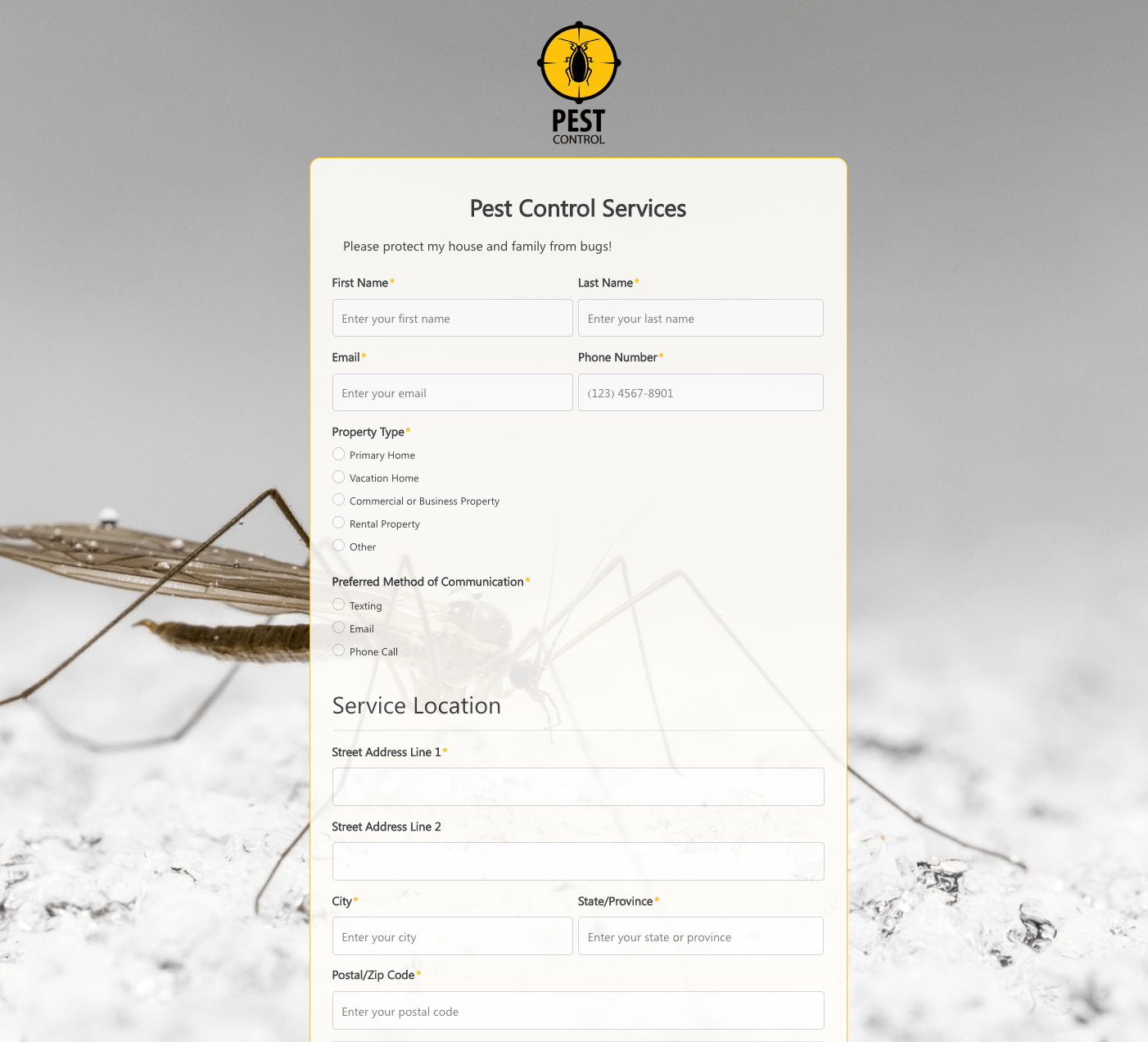 Pest Control Services Form
Pest Control Services Form
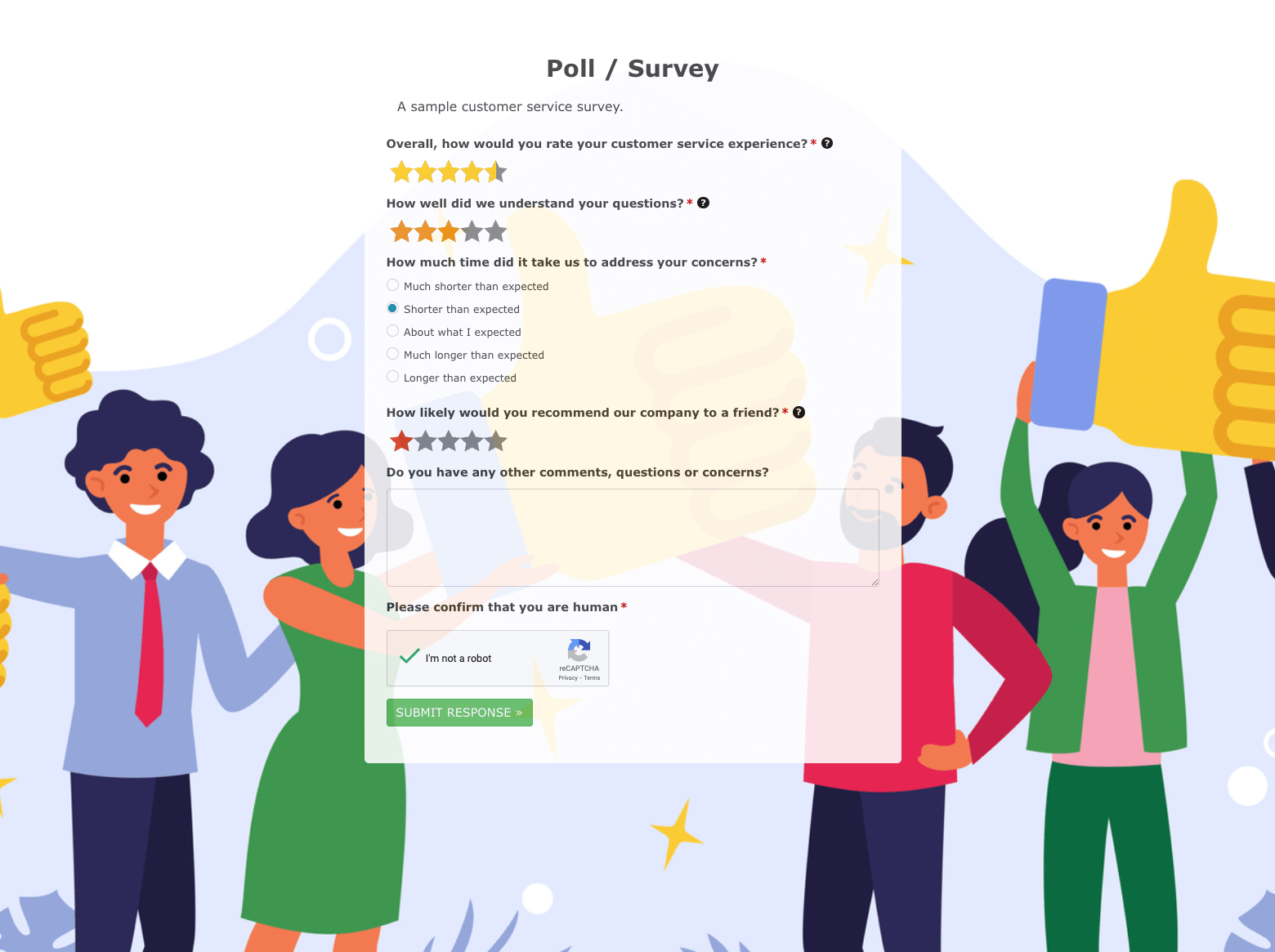 Poll / Survey Form
Poll / Survey Form
 Receive Ebook Form
Receive Ebook Form
 Refinance Mortgage Form
Refinance Mortgage Form
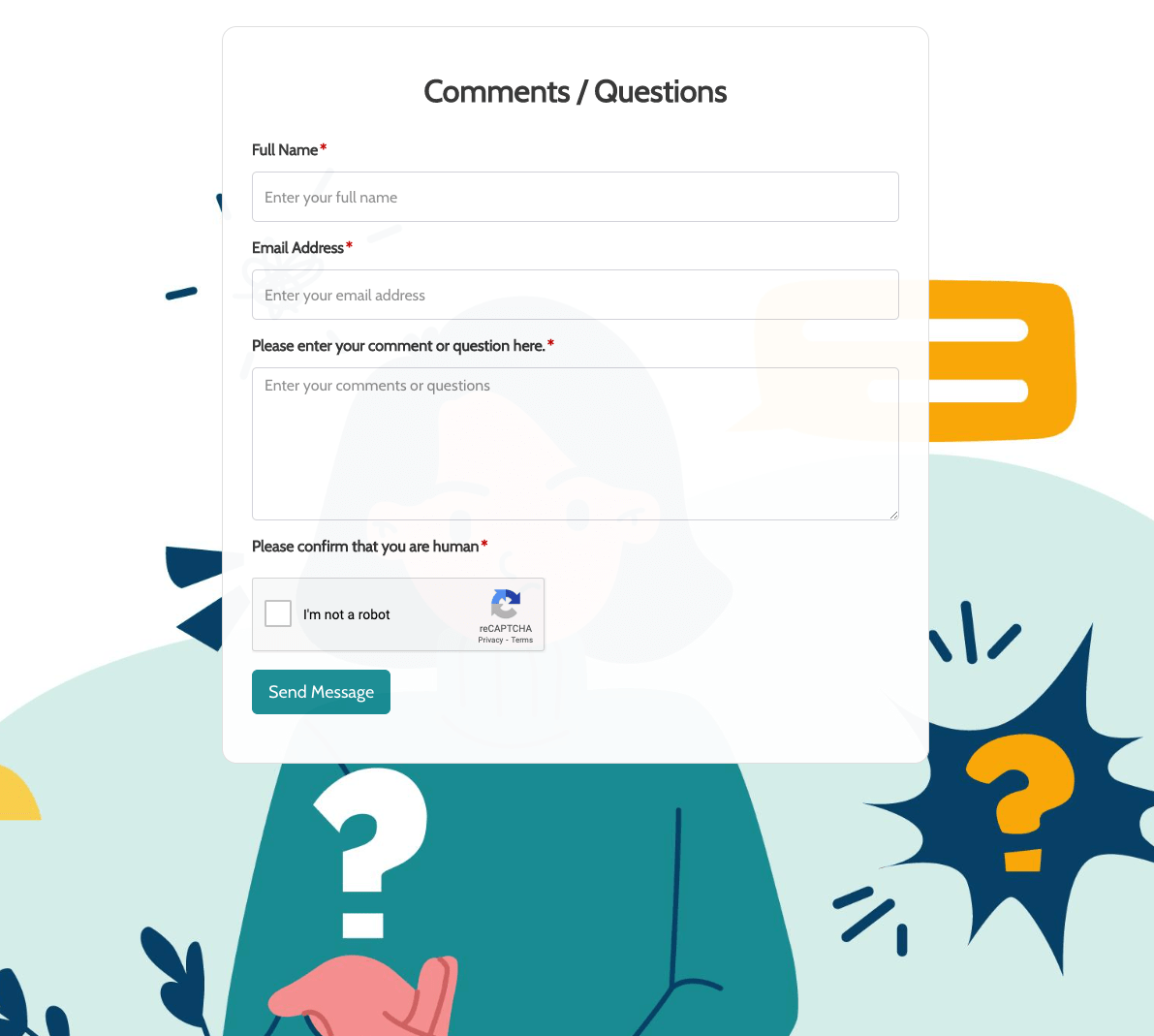 Remarks / Questions Form
Remarks / Questions Form
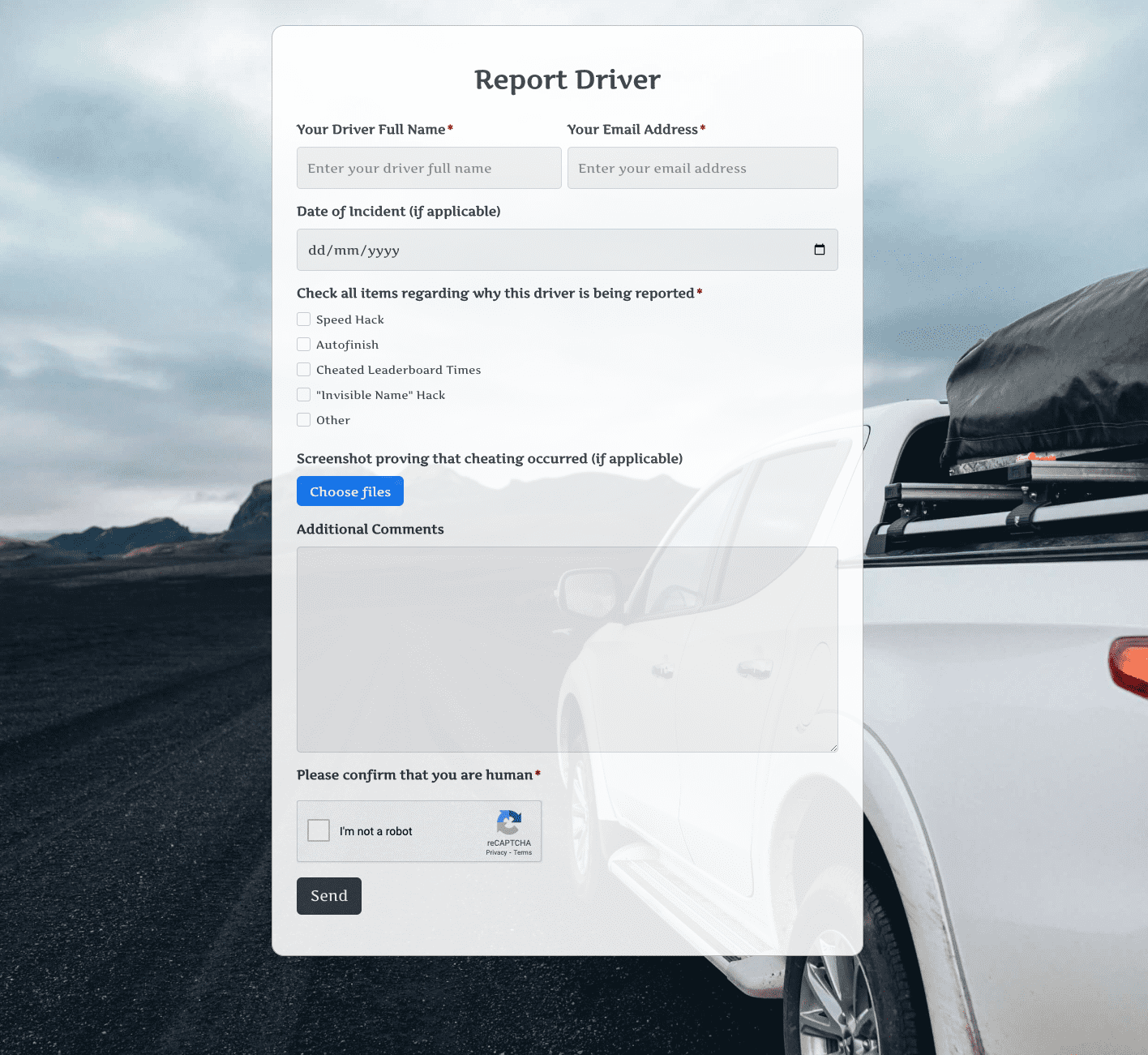 Report Driver Form
Report Driver Form
 Retreat Information Form
Retreat Information Form
 Service Enquiry Form
Service Enquiry Form
 Skydiving Registration Form
Skydiving Registration Form
 Spare Part Enquiry Form
Spare Part Enquiry Form
 Staff Application Form
Staff Application Form
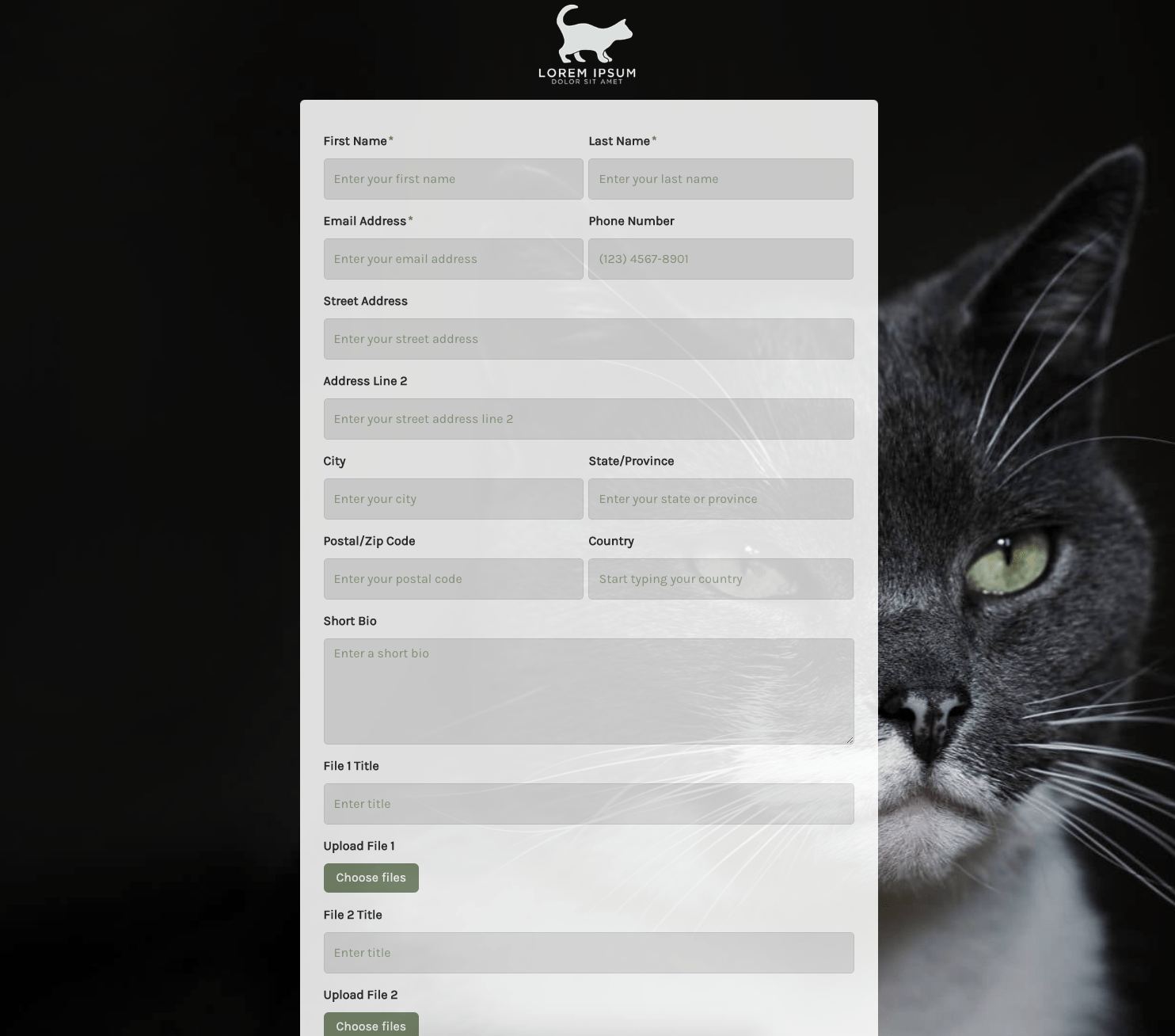 Submission Form
Submission Form
 User Registration Form
User Registration Form
 Website Under Construction Form
Website Under Construction Form
 Wedding Photographer Form
Wedding Photographer Form
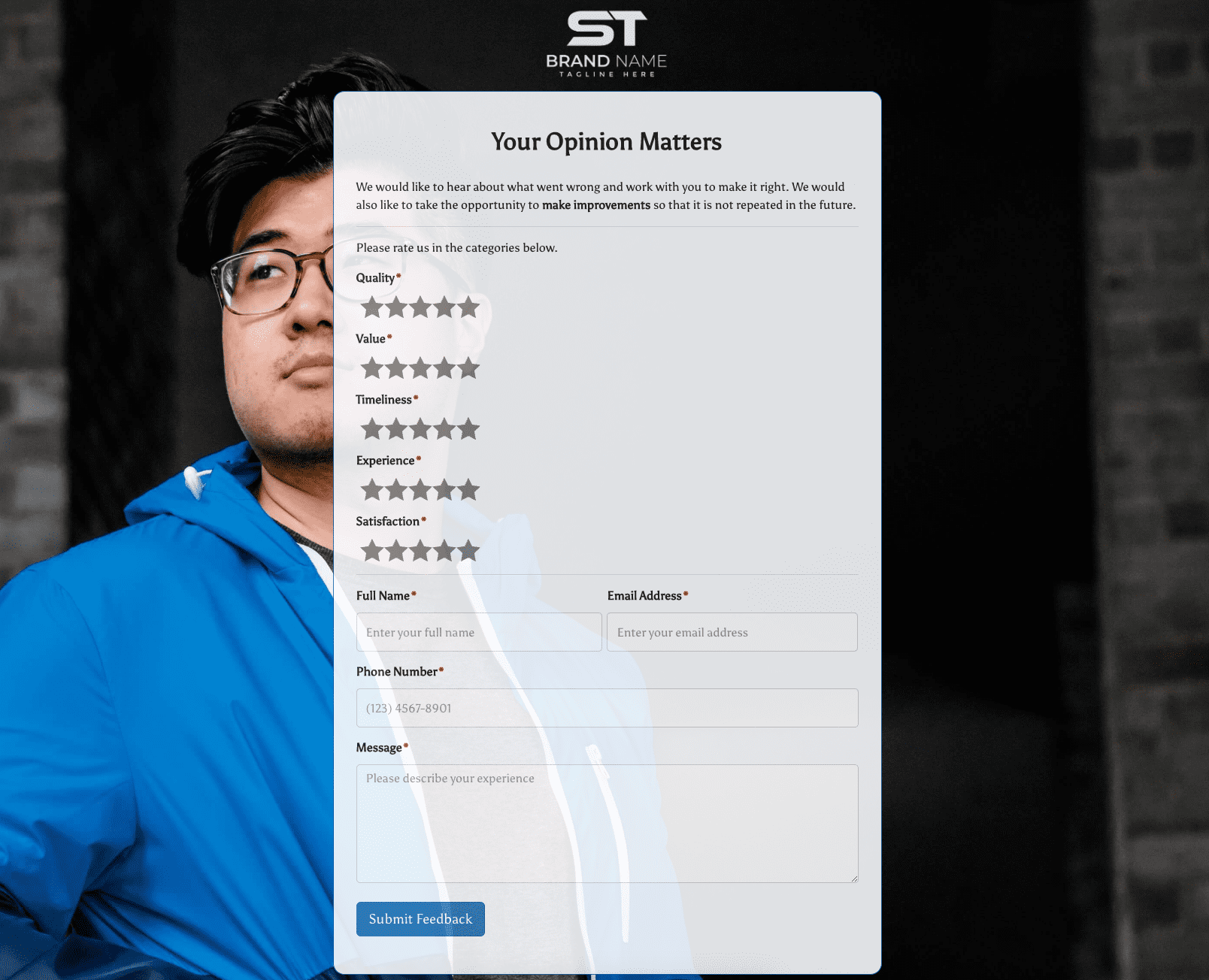 Your Opinion Matters Form
Your Opinion Matters Form

















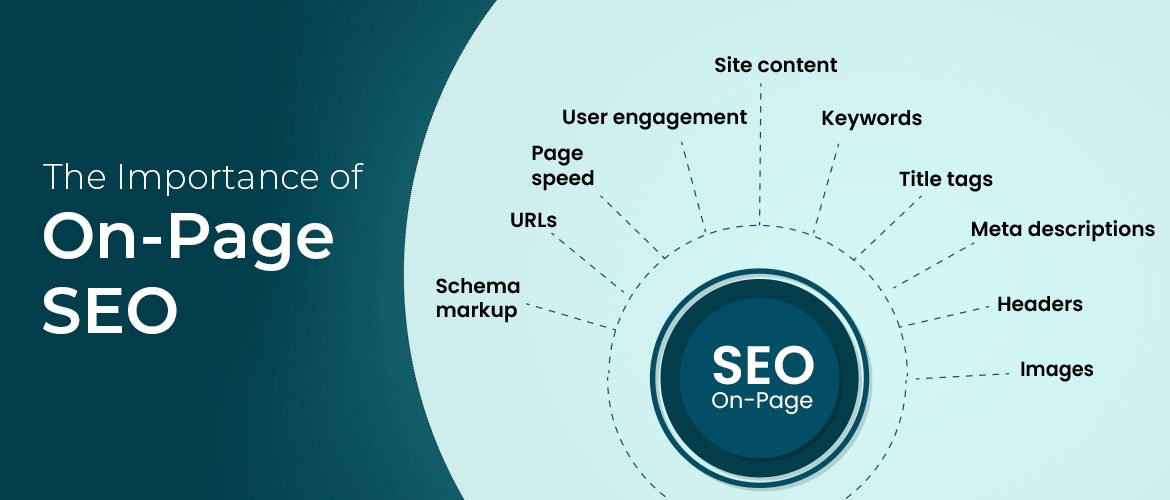





.jpeg)

